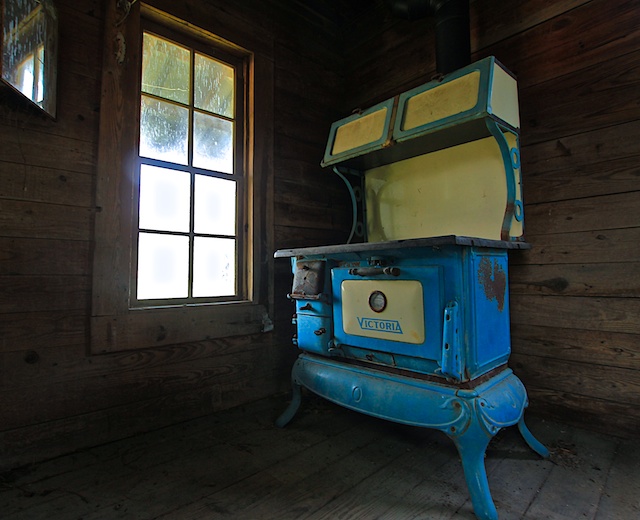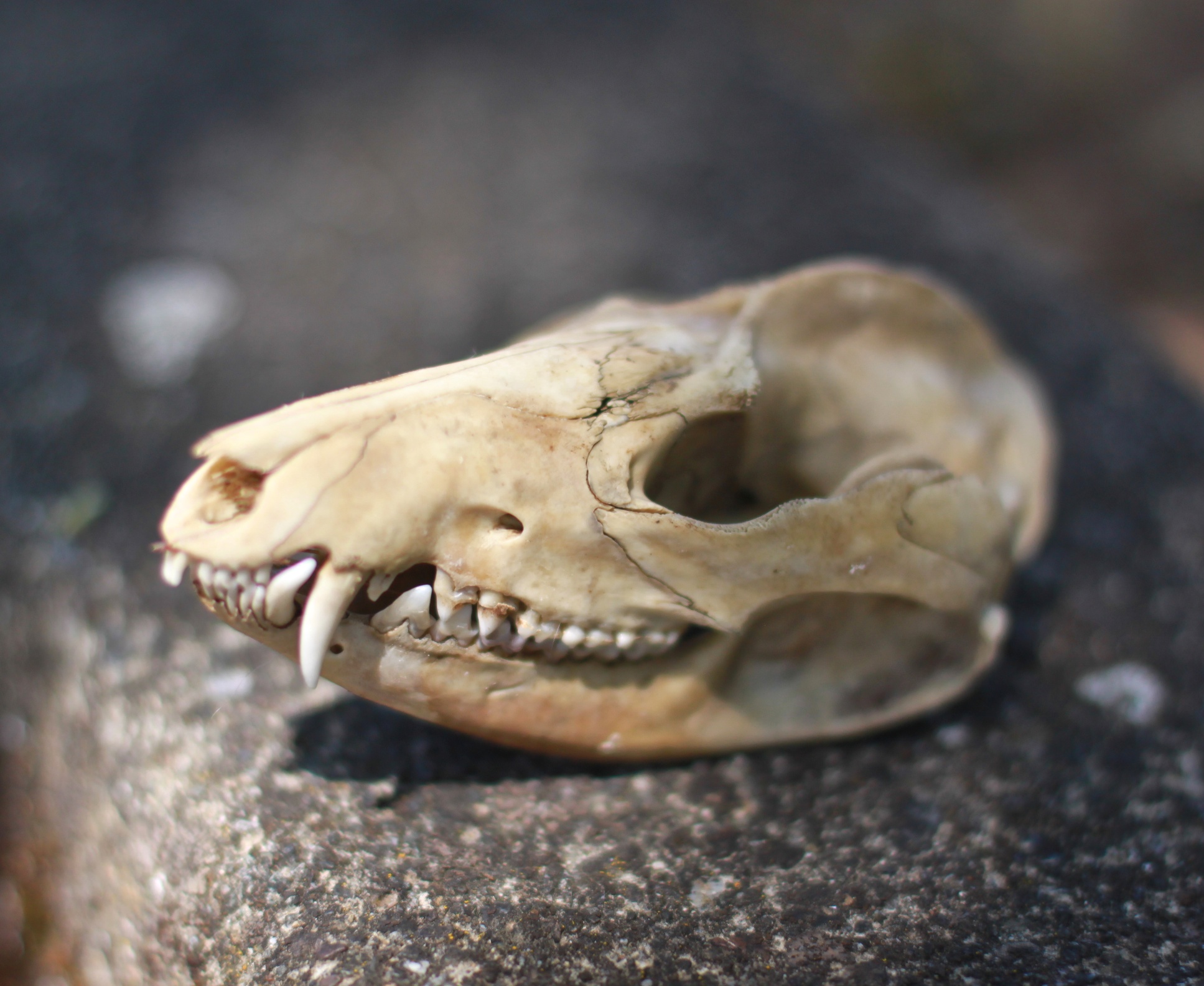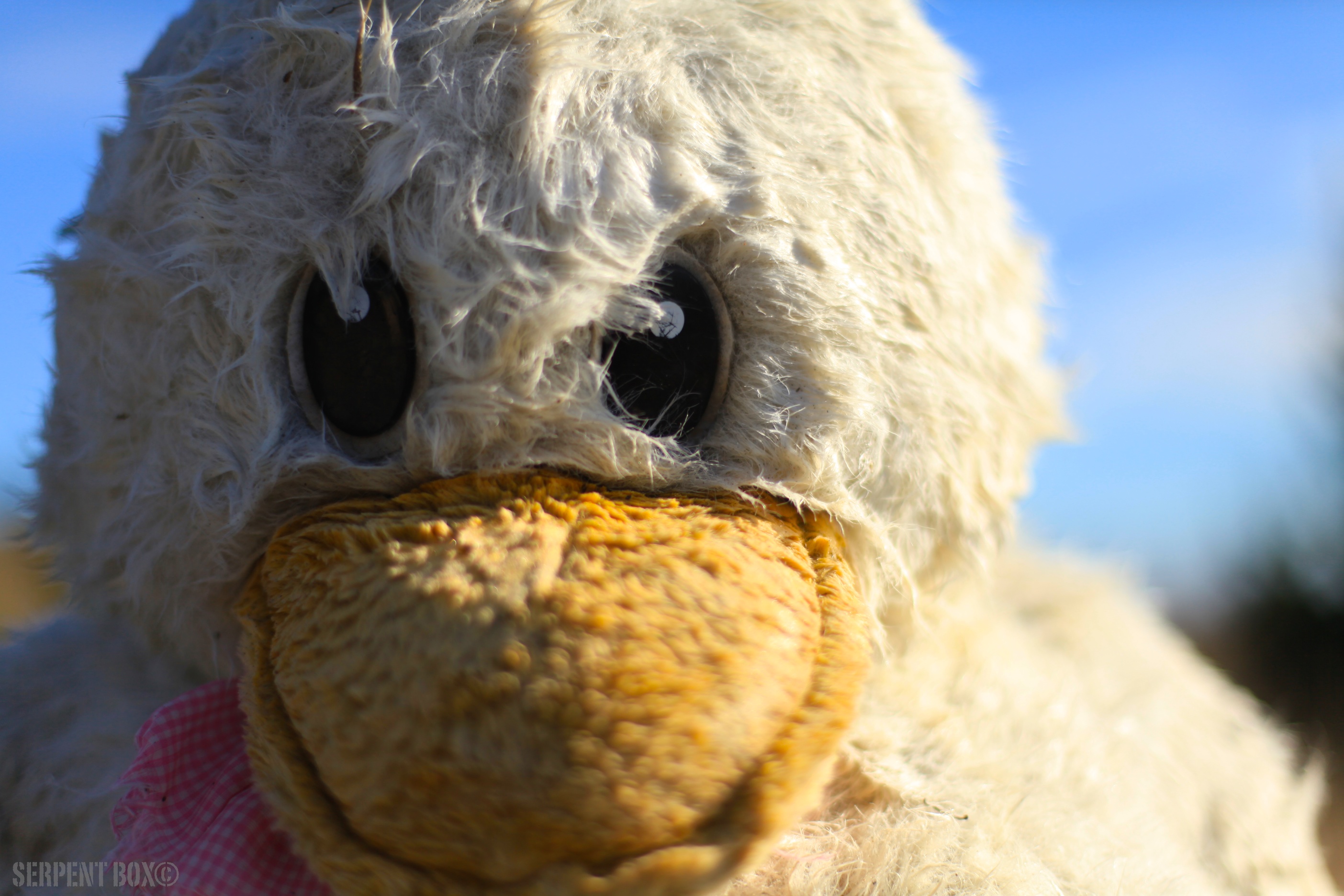
Iron can be heated and poured, molten, into molds of almost any conceivable shape. For the better part of a century objects created in foundries and pieced together by human hands dominated our lives. Iron was the medium of the industrial revolution but wood was it's fuel. The world was conquered with iron and fire. Trees were the first victims of the holocaust that ensued. The hunger for dried tree flesh was rivaled only by the madness for metal. First, sharpened metal in the form of edged weaponry, then metal slugs and metal jackets - high speed projectiles and the containers of fire. He who had the most metal won most disputes and though there were other factors, it's always come down to he who wields the most fire, the best fire, the most spectacularly accurate fire. If Prometheus only knew. All of history seems predicated on the refinement of fire delivery and containment. Burning is the epitome of violence and the father of it. We burn to extract and forge and shape and hurl. To move things fast you need to burn something somewhere along the line. Fire is our god; or not. But fire is the king. He keeps his subjects safe and warm.
An object, made from fire and iron, becomes a container for a smaller and more controlled fire, a personal fire, a pet fire, a fire that eats trees and heats soup. A stove is a fire box and this one, the Victoria, wastes away now in a cabin in rural Georgia. To contain heat, to direct it and disperse it evenly, is a principle that has given us much in the way of comfort and convenience. But those benefits are short-lived; and short-sighted. We now understand better the value of trees, and the harmful effects of smoke. This stove, therefore, is a symbol of arrogance and greed. It is represents consumerism, the disposable society and a transition in lifestyle. If we're no longer tied to the land, why would we expect people to care for it?
This is just a stove. The women who worked here were only trying to live better lives, more productive lives - easier lives. They burned wood because there was an endless supply of it and burning wood was all they ever knew or could foresee. Someone once was very proud to stand before this stove. Someone thought it was beautiful. This stove saved some woman from a life of perpetual toil above an outdoor pit. It helped feed people, this blue stove, and it helped to keep them warm. A family. Maybe a whole generation grew up around this stove. Nobody knew about climate change back then. Nobody could conceive of a hydrogen bomb. They didn't understand mass extinctions or Kalashnikov rifles. Iron and fire were good things, signs of progress, the ease of hardships, the end of suffering, answers to prayers. All the objects in this photograph - the window, the mirror the planks of the walls, all of these things were achieved because we learned how to control fire, to manage heat and flame. And what of the light that shines through this window to illuminate the stove? Fire. The light of a fire 93 million miles away. We owe the very fact that we see to fire. Our greatest evolutionary advancement, our greatest gift - vision, sight - the thing that makes what our brains think of possible. All the result of a very distant, and dying, flame.
[ view entry ] ( 5766 views ) | permalink | related link |




 ( 3 / 1310 )
( 3 / 1310 )Skull-hunting is a pastime I took up in order to teach myself patience and humility. Patience because finding a skull is a hard thing to do. And humility because they're skulls - the remnants of the heads' of the dead. A skull is a fascinating and terrifying thing. By itself it is the very symbol of death, yet within one we can see, still, the features that once gave it life, that gave it awareness and voice - its eyes and teeth. Because we associate a skull with death, we see death in bared teeth and eyes hollowed. When the flesh is stripped away we see the basic form of the animal below, we see what we are, a marvel of microscopic systems that assemble to create a form; a form that procreates form. Skulls are not easy to collect, unless you buy them. But that wouldn't be serendipitous, and then they wouldn't be gifts. A skull should be discovered, stumbled upon, won through effort and exertion. And the only way to find them is not to look.

This was a fox. It's all that remains of him. It's sitting beside a grave in an old Catholic cemetery where it must have been for months without anyone having noticed it. It died here. I know this because I found it still attached to its spine, amid a cluster of other bones that were its ribs and limbs. So it died here, or was dragged here, and here it sat undisturbed until I happened along accidentally, because I was bored and wanted to go out and use my camera. I came to the cemetery to photograph the monuments of the dead and found this.
The head is where it all happens. It is the home of thought and action. It is the one external part of our bodies we can't live without. There was a reason why, in times not so recently past, that power took the heads the powerless. To take a head is to utterly destroy, but more than that, it is to utterly defile. The head on the pike was a symbol of supremacy and a beacon of fear. The skull meant death, but it also means life. The skull is proof of the miracle of life, of intelligent life. The creature whose brain requires such protection is surely worth living, and passing on its crazy formula for a slightly altered duplicate of itself. To house eyes and guard brain, to receive and process the very smell of living, the various sounds of it, the vibrations life makes, all the images, memories, voices and songs that were once contained within, even the fox - what things it alone has seen and heard and tasted and smelled before it met it's end? The skull is a talisman that can tell no story, but all stories.
o O o
[ view entry ] ( 5803 views ) | permalink | related link |




 ( 3 / 6866 )
( 3 / 6866 )
Photography is ostensibly a means to discover the world around us. But the world around us, if we look closely, is a reflection of ourselves. Often, it is the unexpected discovery that leads us to a deeper understanding of who we are in the moment. Take for example this duck. I found it at Limantour Beach one morning sitting atop a dumpster. There was no one around, but there was a crow in a tree nearby watching me as I approached. The duck was about the size of a child, slumped over and staring directly at me, as if waiting for my arrival. Upon closer inspection I found it to be saturated with water. It was likely found on the beach, washed up by the waves after having been tossed in the ocean. What I would have given to have been the one to find it there on the beach. But that was not my destiny. The duck was waiting for me where it was meant for me to see and it seemed that the crow was waiting too. He watched me take my photographs, curiously rubbing his beak back and forth across the branch he was sitting on in that strange way that crows do.
So, here was one bird, real and living, watching my reaction to another, stuffed and perched on a trash receptacle where it was bound for some landfill. What was it thinking, this crow? Did it recognize the form of this effigy? Could it recognize that it was a likeness of something living? I believe that it could, and did.
But at the time I was focused on the duck. How did it get here? What journey did it take? From some factory in a land far across oceans, fabricated by cheap labor, a wiry Chinese lad with a cigarette dangling from his mouth, and shipped back across the seas in a dark container aboard one of those behemoth ships of the Han-Sing line, bound for a carnival side show perhaps where it hung for months above some rigged game of chance, waiting amid the smoke and calliope, coveted by thousands of little girls before it was won one sultry evening by a rangy young man half-drunk on watered down PBR's yet still deadly with a fastball. How he carried it in triumph all that night, or maybe gave it to his girl, where hung beneath her skinny arm suffering her giggles and spilled beer, and then maybe sat atop her nightstand staring back at her through the dark of a thousand nights in some Velveteen dream that was never quite fulfilled. Of course he was named. Of course he was forgotten and abandoned and then tossed away, flung back into the ocean from which he came, the castaway duck riding the currents face down, buoyant but not as a duck should be, because of course he's not really a duck but only a facsimile fashioned out of polyester to appear duck-like to simpletons who are so easily deceived.
So, although I took hundreds of photographs that day - photographs of trees and sand dunes and objects that were not representations, but true - this, this first photograph of the day was the most meaningful, the most lasting, the most surreal. I could have turned around and went home without taking another and called the day good. The duck and I, we had ourselves a little conversation. Me with my feeble words and my surrogate eye, and he with that knowing look in his eyes, a look that says, who's the fool now? He was on his way to the dump to rot, forgotten. By my turn would come soon enough. And what story would stand for me after I was gone?
o O o
[ view entry ] ( 5760 views ) | permalink | related link |




 ( 3 / 6442 )
( 3 / 6442 )
What do we see in a curve of steel, a line of chrome, a sweep of glass? That rich lacquer and the depths of red paint? All those specular distortions. The Victorian facades of Main Street, Ft. Bragg, lie in the background and as a faint reflection in the white half of the quarter panel. Those times have faded. We're now firmly in the era of speed and space. The geometry of the classic Detroit iron is all about curves and lines, flares and folds. We see a haughty optimism. An almost narcissistic hubris that would so quickly fall pieces in the decade to come. But look at us here. Proud and patriotic. It was, after all, our boldness and technology that just led a world at war. California is the land of the possible and the land of the dream. Why not join us out here in Bel Air? Swimming pools and movies stars. The platinum triangle where palm trees sway gently in a ocean breeze. This was the fantasy that General Motors was selling at the time when this marvel was created - by the hands of the men and women of Michigan, which is a corruption of an Ojibwe word meaning big water. How fitting. There is nothing more promising as a vast expanse of water.
[ view entry ] ( 12281 views ) | permalink |




 ( 3 / 1171 )
( 3 / 1171 )There was a time when a physical package would both evoke a feeling *and* provide for easy accessibility to goods. Form not over function, but in service to it. The glass Coke bottle may have been the most perfect package.
Take this beauty I rescued from the ground on Mt. Tamalpais recently. This is a prime example of the so-called hobble-skirt Coke thatís become an indelible American icon. Produced between 1917 and 1965, these aqua, ice blue and green glass bottles are heavy, tactile and fit comfortably in the palm of your hand. This one has the classic city stamp, San Francisco, embossed on the bottom. Itís a 6.5 oz bottle, which means it dates from between 1958 and 1965.
One can imagine that for a brief period of time, long before it was tossed aside (probably from the window of a passing car), this indestructible wonder sat nestled in a bed of ice cubes in one of those red galvanized steel coolers you see now only in antique stores. Some rebellious teenager in cuffed dungarees and a white tee-shirt reaches into the cold, dark tomb and plucks out the icy bottle. With a flick of the wrist that is now a lost art he pops the top with that no longer familiar click, snap, fizz, tinkle and tilts his head back for a pull on the real thing Ė the pause that refreshes.
My grandfather, now 92, used to brag about how heíd poor Coke into my baby bottle. I was literally raised on the stuff. It was unfashionable to breast feed back in 1965. For me, Coca-Cola was the closest thing to motherís milk. There is nothing that evokes a hot summer day like an ice cold Coke. Hold the cool bottle against your brow and lean back on the machine in the shade. At 6.5 ounces this was basically a shooter. A perfect dose of summertime.
I shot this with a Canon Digital Elph point-and-shoot and what I love about the photo are the three diagonal lines. Youíve got the beautiful lichen covered stone cutting across the foreground. The wedge of grass behind. The pie slice of the dark forest, and then of course the cobalt sky. I find triangles to be aesthetically pleasing and when I can I frame shots to create as many as possible. I love this photograph. Tell me how it makes you feel.
[ view entry ] ( 8510 views ) | permalink |




 ( 3 / 1245 )
( 3 / 1245 )

 Random Entry
Random Entry




